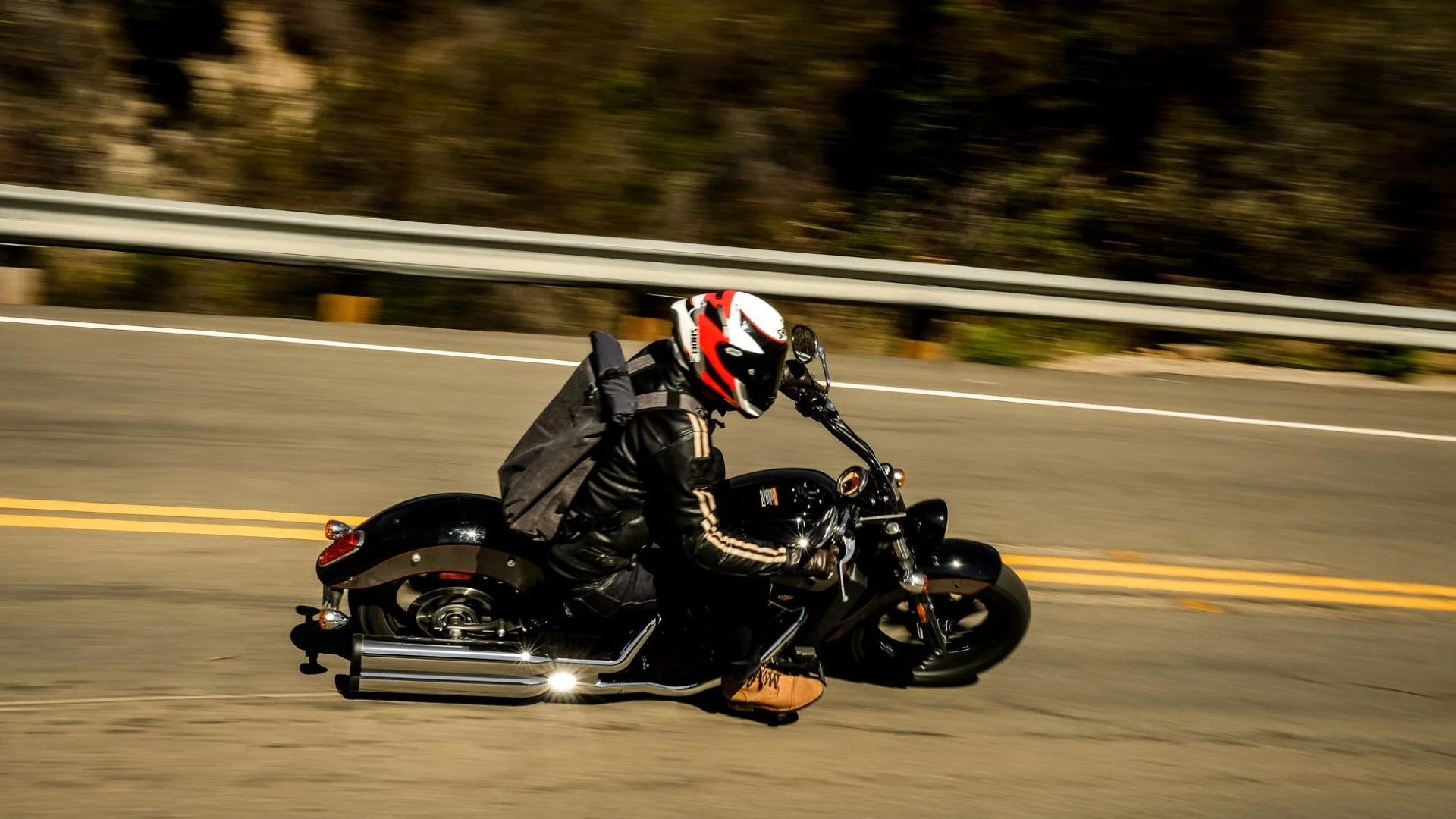
How to Drive a Motorcycle
Prior to embarking on your ride, take time to familiarize yourself with your motorcycle. Learn how to operate the clutch and shift gears properly.
Avoid riding through any hazardous road conditions that could compromise your motorcycle. Be wary of large ice patches, rain grooves or bridge gratings which may cause your bike to weave and may require you to brake sharply or dismount and push off on an opposite lane.
Brakes
Speed increases kinetic energy. To slow or stop, an object must shed this energy through friction; when applying your motorcycle’s brakes, for example, friction is created when pressing against brake pads and dissipated through other parts of its braking system.
An efficient braking strategy requires that riders independently manage both front and rear brakes independently. Braking capability depends on rider, motorcycle and pavement conditions; aggressive braking may shift weight toward the front wheel and reduce available traction for rear wheel. Antilock Brake Systems help prevent wheel lockup for quicker, safer braking.
Throttle
Throttle control plays an integral part in how well a bike lines up through turns, with too much weight being transferred from back to front when cutting off gas too soon, decreasing traction. Rolling on and off throttle keeps weight distribution stable.
The throttle body is a butterfly valve which regulates how much air enters an engine based on driver input via the gas pedal. It has direct mechanical linkages with accelerator cables; as soon as more throttle pedal pressure is applied, wider the butterfly valve opens.
Modern bikes with ride by wire throttles use electronic components and do away with mechanical assemblies, but it still is best to practice smooth transition from brakes to throttle.
Clutch
A clutch is the heart of a rider’s vehicle, transmitting power between engine and drive train, so its quality plays an integral part in his or her performance.
Riders want consistent clutch lever feel from the moment they rev their engine until letting out their clutch. Whether racing on an asphalt track or out on trails for recreation purposes, riders need confidence that their ability to accelerate quickly from a dead stop, move away from traffic lights quickly or navigate obstacles will remain undiminished.
Adrenaline-fueled motorcycle riding can generate extreme heat that causes premature clutch wear, leading to chirping noises or worse, the clutch fork bending over time, leading to pressure plate issues and eventual clutch assembly failure. A well-functioning clutch is vitally important to any bike’s success!
Gears
Motorcycle gears transfer power from its engine to the wheel. Their size determines how powerful and rapid its acceleration will be.
As part of your efforts to understand gear shifting, practicing shifting in an empty parking lot will provide the ideal learning environment. Here, you’ll experience clutch lever disengagement and reengagement while matching engine speed to road speed.
Upshifting is usually simpler than downshifting due to each higher gear ratio requiring less engine power to turn the wheels. But you must carefully gauge when to release the clutch lever; otherwise too much power may go to your rear wheels, leading to wheelies (where one tire comes off the ground). A gentle throttle application or blip during upshifts helps make this transition smoother.
Turns
Many riders rely on body lean to turn, but this only gets you so far. A stronger force must be employed to counterbalance gravity and keep the bike firmly positioned within its turn.
To achieve this, riders can push the handlebar away in the desired direction (right for left turns), creating torque on their tire and counteracting centrifugal force of their bike’s weight.
Torque generated by tire side-slip is further amplified by asymmetries in tire side-slip along its contact patch, amplifying force from this torque and helping find optimal lines in turns. There are three basic approaches to apexing curves; early, normal and late; each providing different benefits to riders depending on circumstances.



